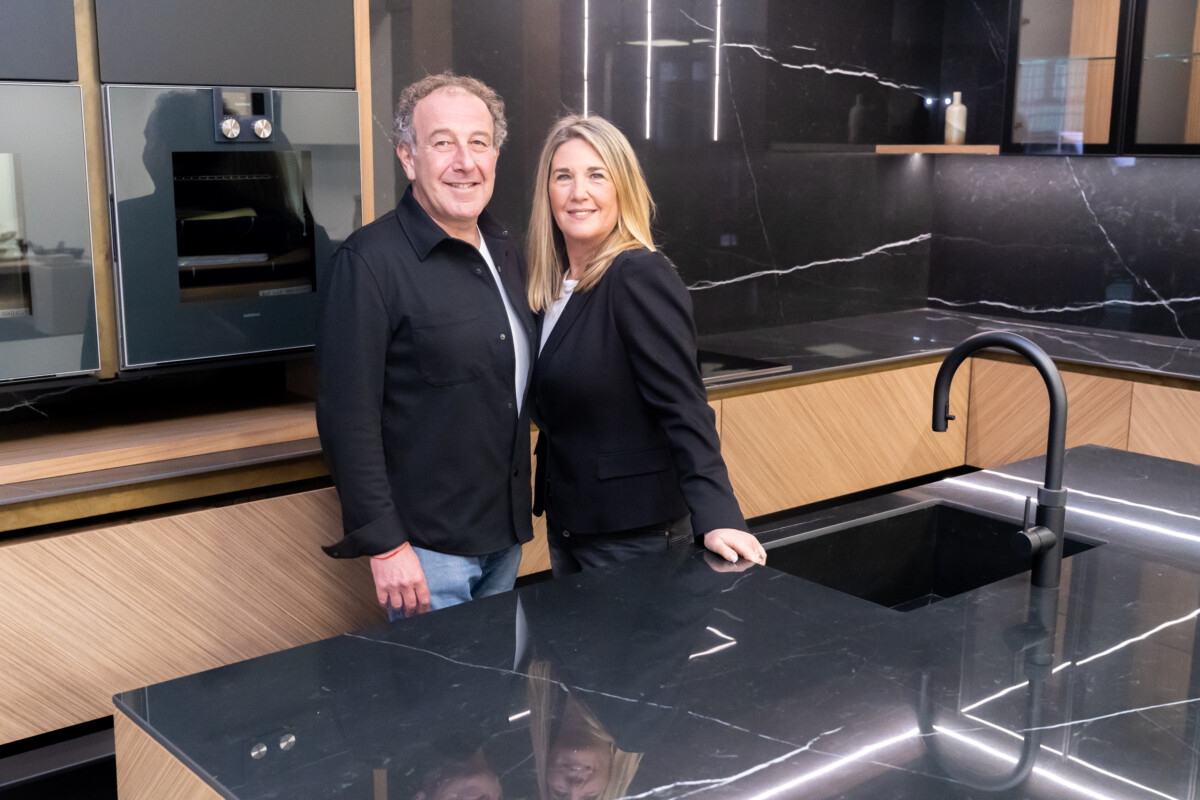By Daniel Abrahams, Founder of Used Kitchen Hub.
The rising costs associated with purchasing a new kitchen combined with the ongoing cost-of-living crisis has meant more consumers are turning to used and pre-loved kitchens as a cost-effective alternative.
While some may have concerns about the durability of used kitchens, it’s important to drive out the misconception that they are inherently inferior to new ones. In fact, many second-hand kitchens are meticulously maintained and offer longevity compared to their newer counterparts due to superior craftsmanship.
The top tips below will help you navigate the second-hand kitchen market effectively, allowing you to find the right kitchen for you at the best possible price.

Do your research
Familiarising yourself with the different types of kitchens on the market, including typical price ranges, will help you set realistic expectations and identify any good deals. An ideal place to start is with any online marketplaces that specialise in the buying and selling of second-hand kitchens, as these often provide a variety of quality products across a range of prices, so you can find something that matches your budget.
These specialist platforms usually carry out extensive checks, guaranteeing that the kitchen you purchase satisfies strict quality requirements. They frequently have customer support personnel on hand to help with the logistics of buying a second-hand kitchen and respond to enquiries, which streamlines and improves the entire experience.
Carry out a detailed inspection
When it comes to purchasing anything second-hand, quality assurance is essential. Compared to a brand-new kitchen which is guaranteed to be pristine, pre-loved kitchens are more likely to show signs of wear and tear. Because of this, it’s important to carry out a thorough inspection to ensure you receive a long-lasting product.
Consider the kitchen’s structural integrity and the quality of the materials used, including any damage to the cabinets and worktops such as corrosion, warping or cracks or stains. It’s also important to check both the appearance and functionality of any appliances, including evidence of rust, damage or inefficiency, as these are all issues that could affect the overall lifespan of your kitchen. Photos can be misleading, so a physical inspection will give you a better sense of the kitchen’s true condition. If an in-person visit isn’t possible, request a video walkthrough from the seller to get a more detailed look.
Liaise with the seller
Effective communication with the seller is essential to uncover any potential issues and make a well-informed purchase. Start by asking why the kitchen is being sold, as this can provide valuable context on its condition and history. If the seller is renovating or relocating, the kitchen might still be in excellent condition, however, if the sale is due to other reasons or they have declared there are obvious signs of wear and tear, you might wish to reconsider.
Inquiring about the age of the kitchen and how much it has been used can help you assess its remaining lifespan. In addition, query any warranties or guarantees that may still be valid on appliances or components. Ask for maintenance records or documents to confirm the kitchen’s condition and history. This can provide peace of mind while also potentially saving money on future repairs or replacements.
Make it your own
Purchasing a pre-loved kitchen comes hand-in-hand with the opportunity to customise and adapt pieces to suit individual preferences. Contrary to common belief, buying second-hand does not mean compromising on design or functionality. Instead, it opens up a world of possibilities for you to personalise your kitchen according to your unique vision.
From reconfiguring layouts to opting for offcut worktops and graded appliances to repainting cabinets and refreshing fixtures, there are plenty of ways to breathe new life into a second-hand kitchen and make it your own. Just a few examples of different customisation options include exploring innovative storage solutions, integrating energy-efficient appliances and incorporating sustainable materials to enhance both aesthetics and functionality. By embracing creativity, you can transform a second-hand kitchen into a bespoke space that reflects your style and desires.
The overall benefits
To conclude, opting for a second-hand kitchen offers numerous environmental and economic benefits. Not only does it help reduce waste, conserve resources and lower the carbon footprint associated with the manufacturing of new kitchens, but it allows consumers to achieve significant savings without sacrificing on quality or style.
By prioritising value, affordability and eco-consciousness, you can embark on your renovation journey knowing you are making a responsible and rewarding investment. By embracing the ‘reduce, reuse, recycle’ principle, you can transform your kitchen into a stylish and sustainable space that reflects your values whilst contributing towards a greener future.
About the expert
 Daniel Abrahams is the Founder and Director of the UK’s leading luxury kitchen re-seller, Used Kitchen Hub. Used Kitchen Hub is a fast-growing online platform that enables consumers to buy and sell ex-display and privately owned used kitchens at discounted rates, whilst providing quality customer service. For more information, please visit usedkitchenhub.com
Daniel Abrahams is the Founder and Director of the UK’s leading luxury kitchen re-seller, Used Kitchen Hub. Used Kitchen Hub is a fast-growing online platform that enables consumers to buy and sell ex-display and privately owned used kitchens at discounted rates, whilst providing quality customer service. For more information, please visit usedkitchenhub.com


